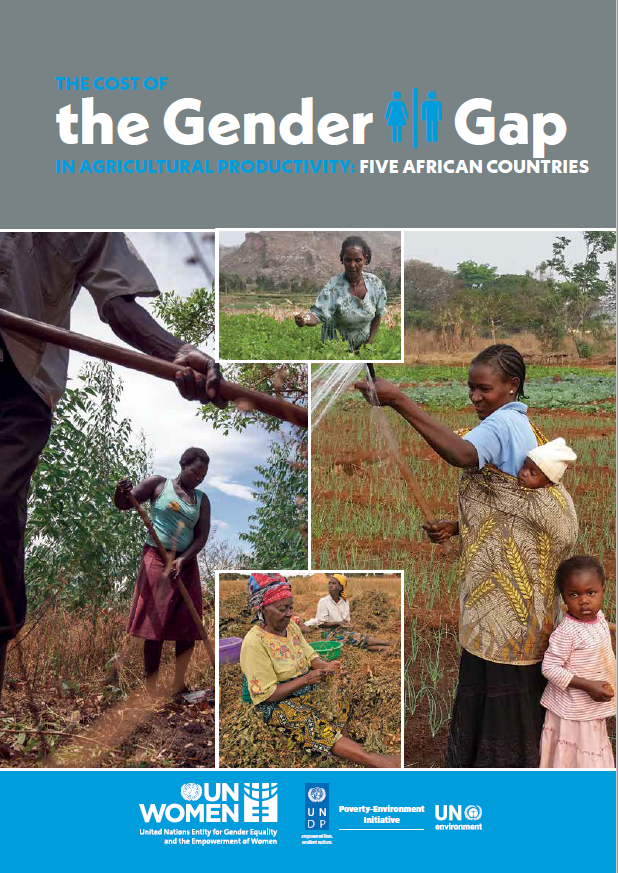
The Cost of the Gender Gap in Agricultural Productivity: Five African Countries

A growing body of evidence points to a salient feature of the agricultural sector across Sub-Saharan Africa: lower rates of agricultural productivity for female cultivators than for male cultivators. Substantial gender gaps in productivity have arisen not because women are less efficient farmers, but because women experience inequitable access to land and to agricultural inputs. Such unbalanced distribution frequently stems from and is bolstered by deeply entrenched sociocultural norms and traditional expectations of gender roles. This structure of constraints is multifaceted. For example, women are more income- and time-constrained than men, which has repercussions on their ability to access credit, land and appropriate levels of inputs. These constraints thus lead to sizeable gender gaps in the adoption of high-value crops and in the use of agricultural implements, male family labour, pesticides and fertilizer, among other elements. Within this context, the UN Women Eastern and Southern Africa Regional Office, the United Nations Development Programme–United Nations Environment Programme Poverty-Environment Initiative Africa, and the World Bank commenced a collaboration to create evidence of the links between women’s economic empowerment, sustainable agricultural production and economic growth. The evidence clearly shows that gender gaps in access to inputs have high economic costs and can affect the extent to which farmers adopt new resource management practices and technological innovations.